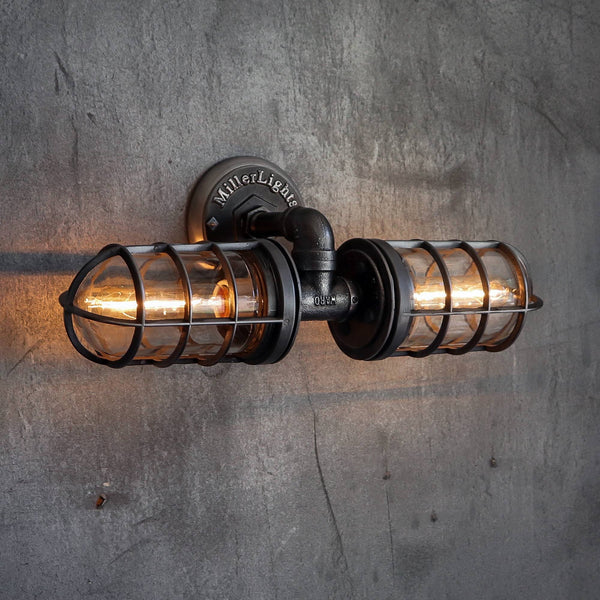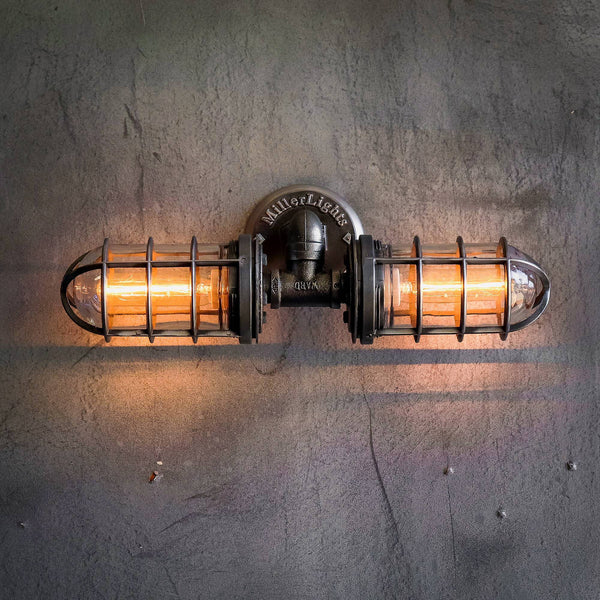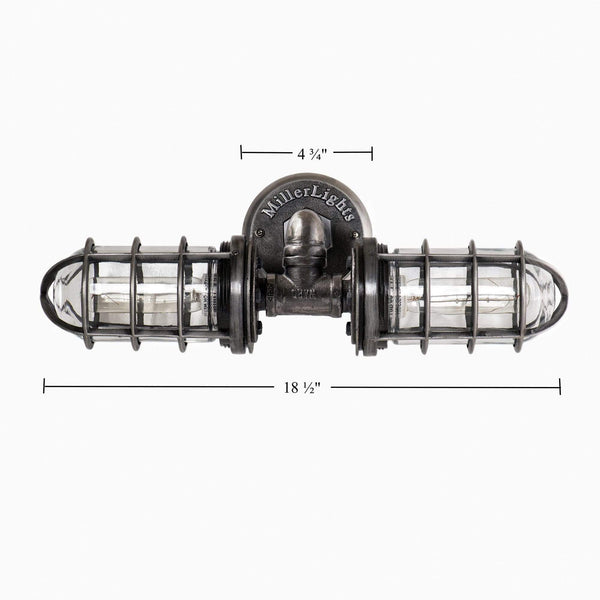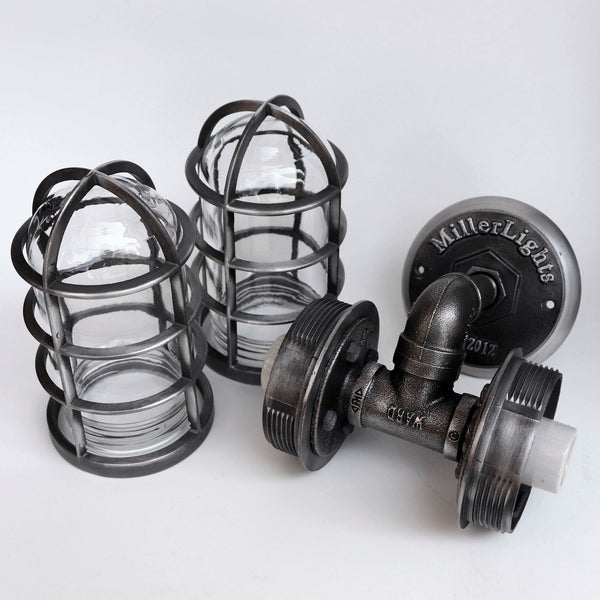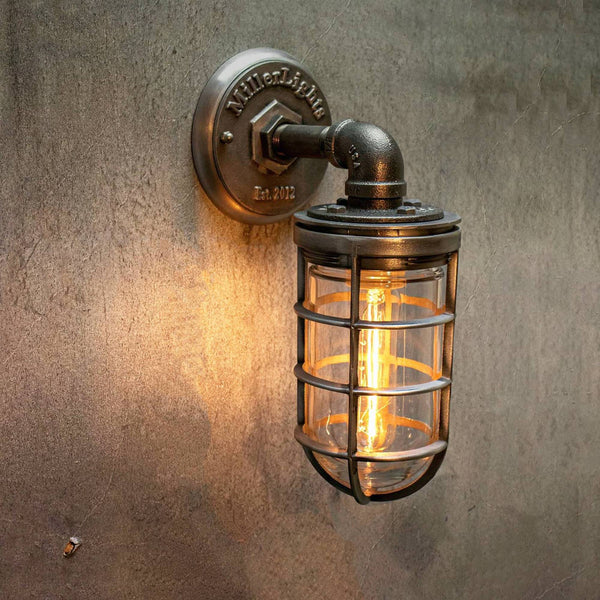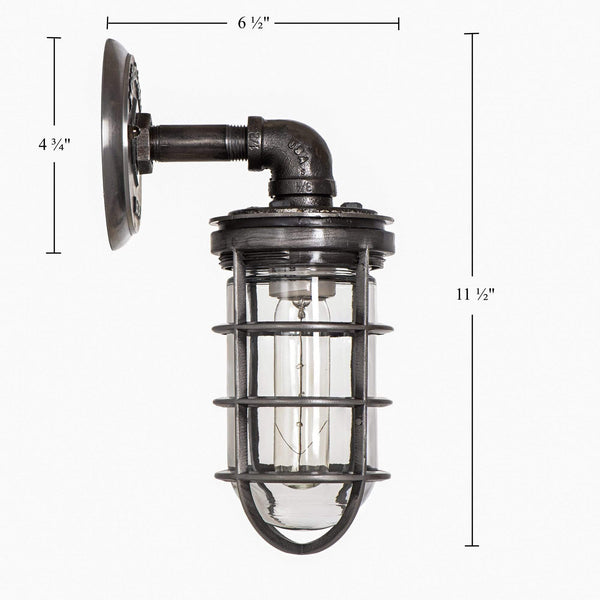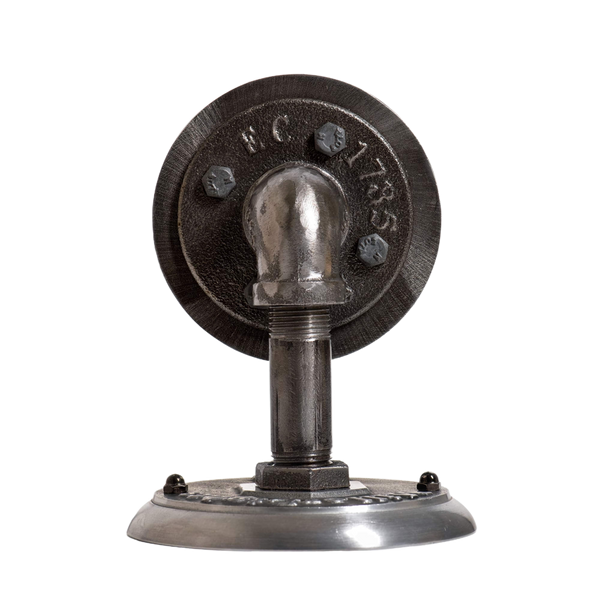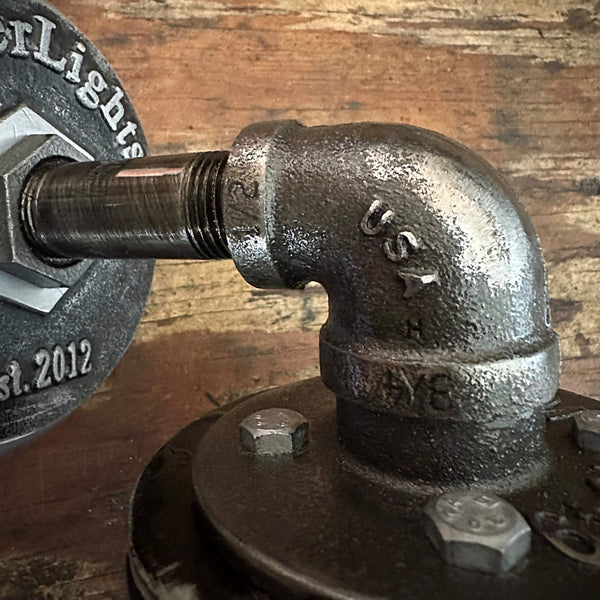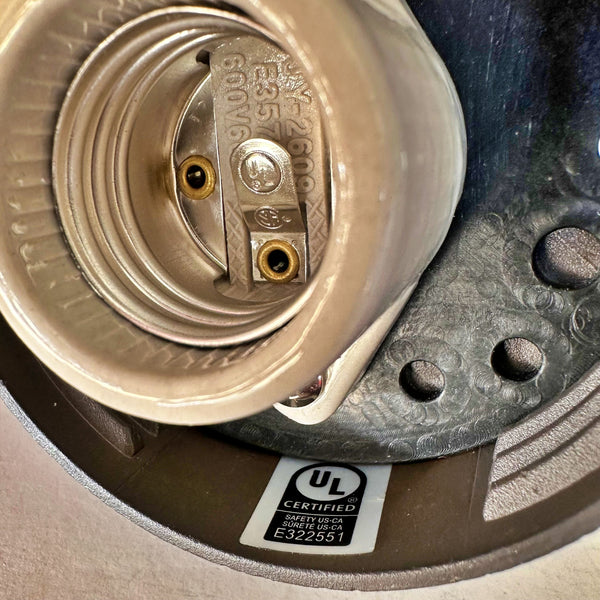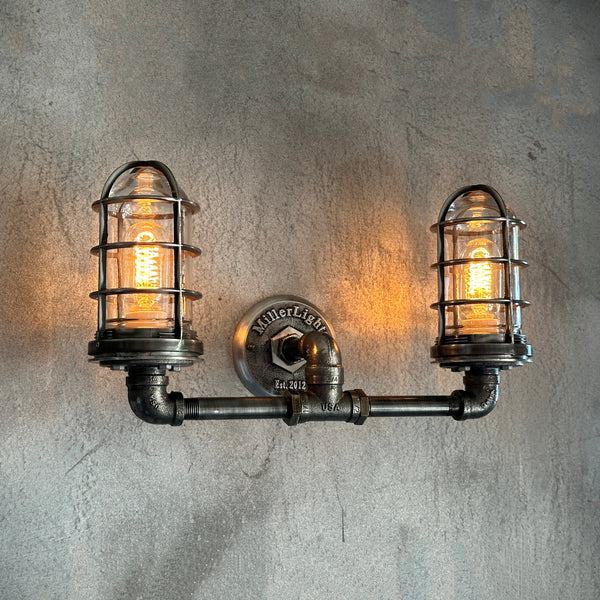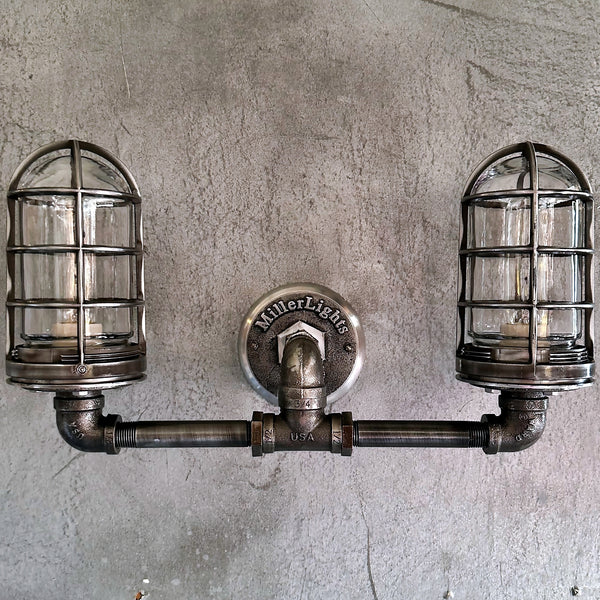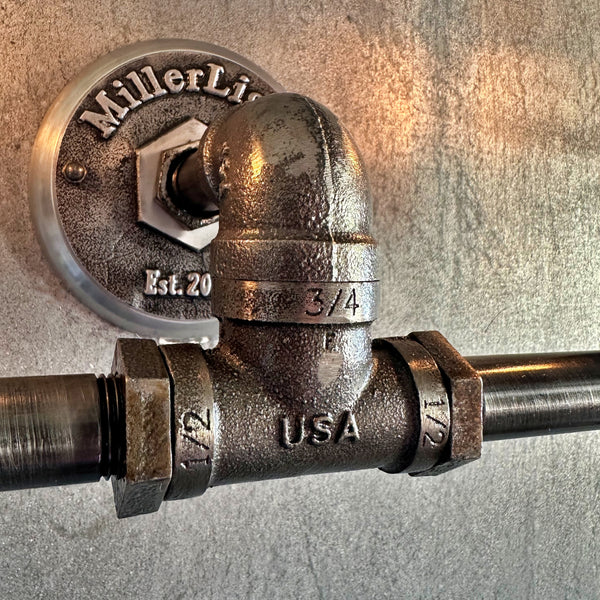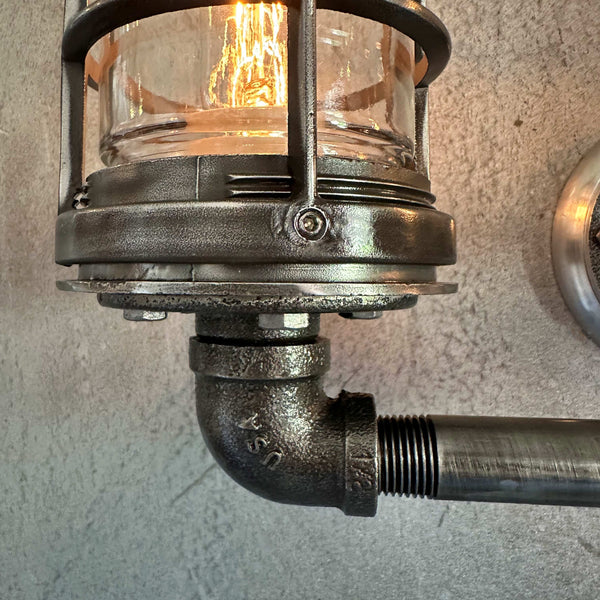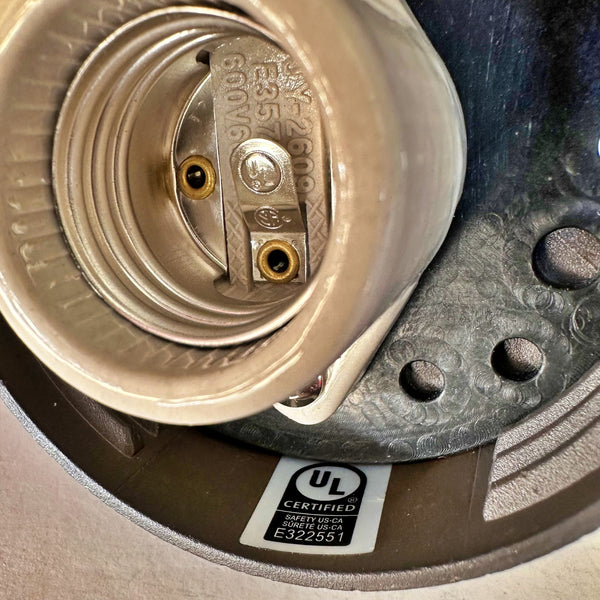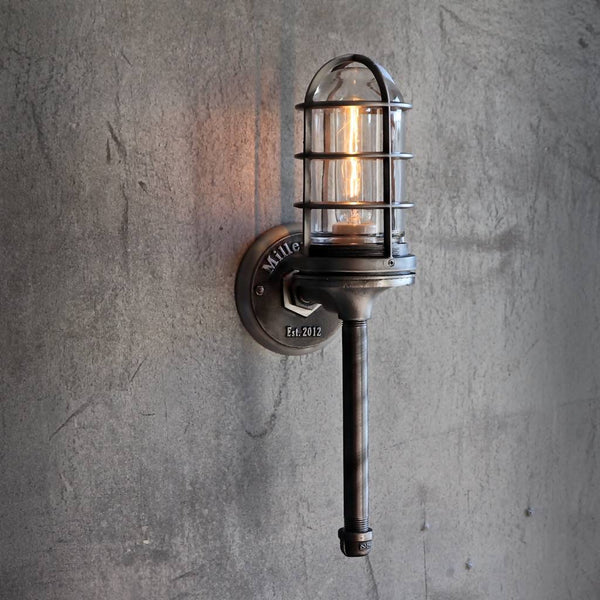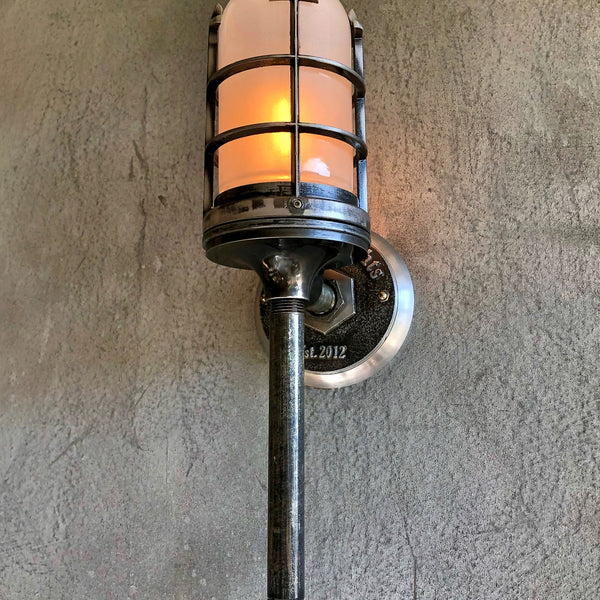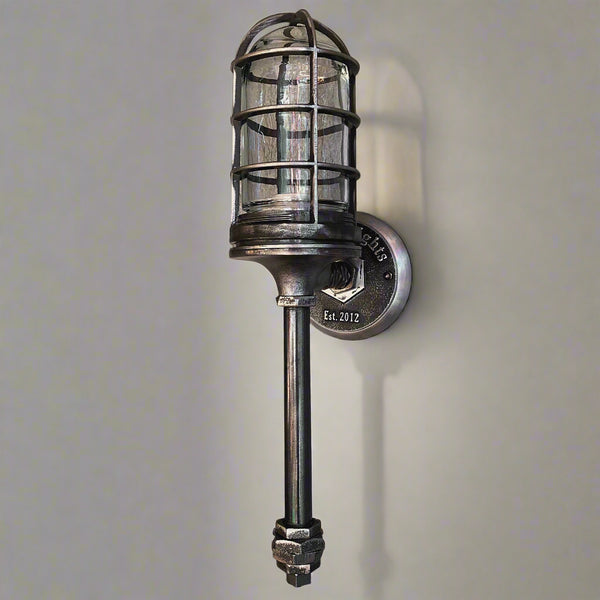Lumens measure a bulb’s visible light output, indicating brightness. Unlike watts (energy use), lumens show how much light you see. Higher lumens mean brighter light. One lumen is roughly the light from a candle over a square meter.
How Do Lumens Work?
Lumens quantify light based on human eye sensitivity, especially to green-yellow light. Measured with tools like an integrating sphere, lumens reflect total light output. Bulb efficiency varies:
• Incandescent: 10-17 lumens/watt, least efficient.
• CFL: 35-60 lumens/watt.
• LED: 80-100+ lumens/watt, most efficient.

What Affects Lumens?
1. Bulb Type: LEDs are brightest per watt, followed by CFLs, halogens, and incandescents.
2. Wattage vs. Lumens: Focus on lumens, not watts. E.g., 800 lumens ≈ 60W incandescent, 8-10W LED.
3. Color Temperature: 2700K (warm) to 5000K (cool) affects light’s feel, not lumens.
4. Beam Angle: Narrow beams focus light; wide beams spread it.
5. Dimming: Dimmable bulbs reduce lumens when dimmed; check compatibility.
6. Environment: Light walls reflect more light; fixtures may block lumens.

Which Bulb to Buy?
Choosing the right bulb depends on your needs, preferences, and the specific application. Here’s a breakdown to guide your purchase:

On every bulb box it shows the lumens
LEDs are the best choice for efficiency, longevity (15,000-25,000 hours), and versatility. Consider:
Key Features to Look For:
• Lumens: Match the lumen output to the room’s purpose (see above). Check the packaging for lumen ratings.
• Color Temperature: Pick 2700K-3000K for warm light, 3500K-4000K for neutral, or 5000K+ for daylight-like light.
• Dimmability: Ensure the bulb is labeled “dimmable” if you plan to use it with a dimmer switch.
• Energy Star Certification: Look for this label to ensure efficiency and quality, especially for LEDs and CFLs.
• Bulb Shape and Base: Common shapes include A19 (standard), BR30 (flood), and PAR38 (spot). Ensure the base (e.g., E26, GU10) fits your fixture.
• CRI (Color Rendering Index): A CRI of 80+ ensures colors look natural under the light. For tasks like makeup or art, aim for 90+.
Lumens by Room:
Living Room: 400-800 lumens, 2700K-3000K.
Kitchen: 800-1100 lumens, 3500K-4000K.
Bedroom: 300-600 lumens, 2700K.
Bathroom: 800-1100 lumens, 4000K.
Outdoor: 1000-2000+ lumens, weather-rated.
Features:
Dimmability: Check “dimmable” label.
CRI: 80+ for natural colors, 90+ for tasks.
Shape/Base: Match fixture (e.g., A19, E26).
Energy Star: Ensures efficiency.
Conclusion:
Lumens measure brightness—choose bulbs based on lumens, not watts. LEDs offer the best efficiency and flexibility. Match lumen output, color temperature, and features to your space for optimal lighting.


